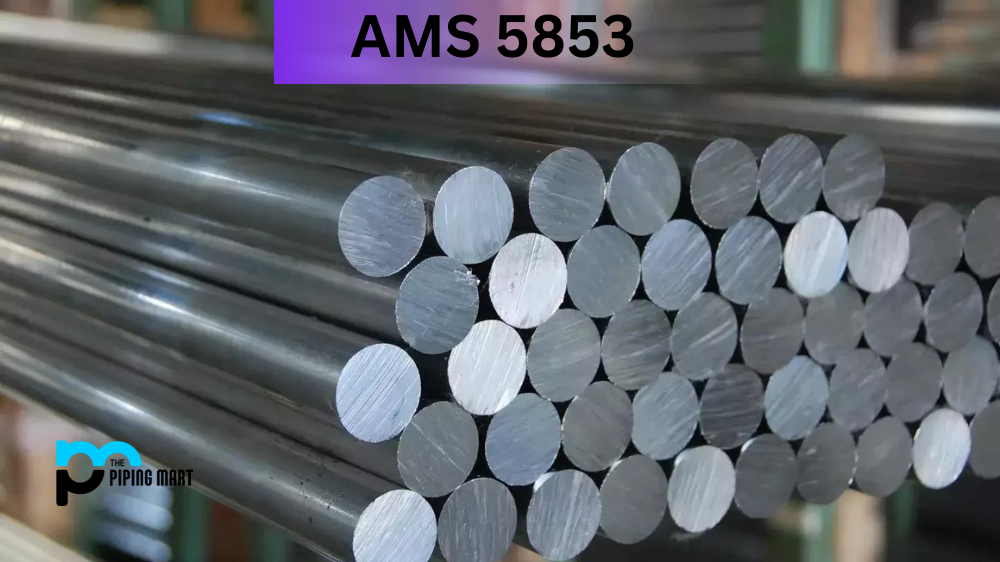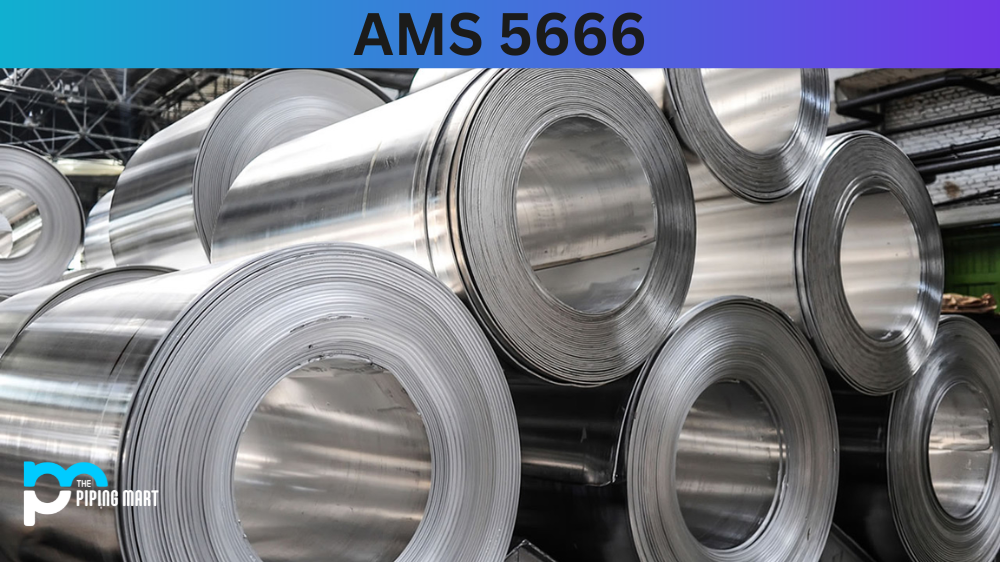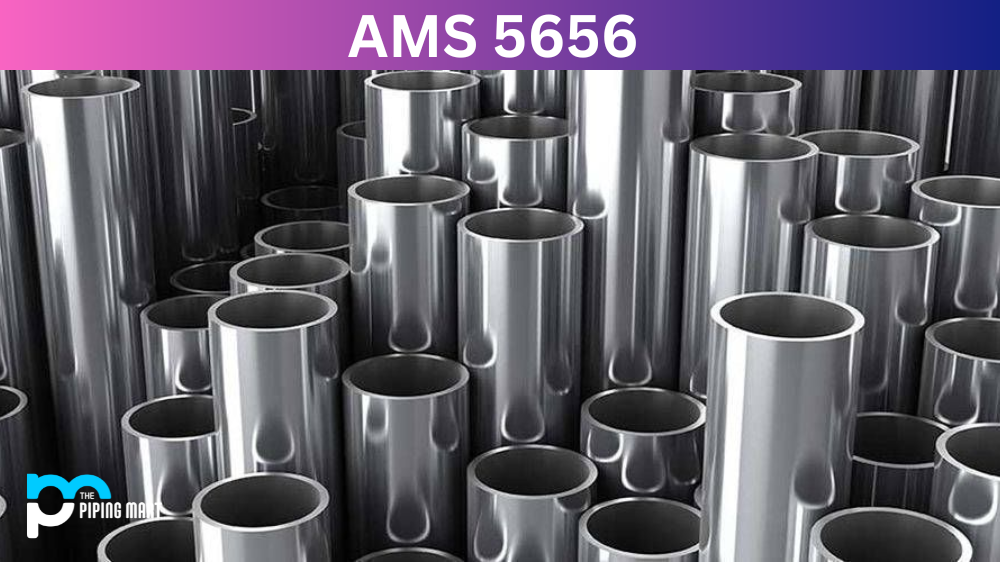Tool Steel D5 is a high-carbon, high-chromium tool steel that is an ideal choice for applications that require both wear and corrosion resistance. This type of steel has excellent hardness and toughness, making it suitable for applications such as plastic molds and die-casting tools. D5 Tool Steel, also known as UNS T30405, is a popular steel used in the manufacturing of cutting tools, dies, and machine components. With its excellent durability, high hardness, and wear resistance, it’s no wonder that D5 Tool Steel is a top contender in the metallurgy industry. Its unique composition, featuring high levels of carbon, chromium, and vanadium, lends to its impressive mechanical properties. Along with its ability to resist deformation under high stress, D5 Tool Steel is also able to maintain its strength even under extreme temperatures. Whether you’re looking to improve the quality of your manufacturing processes or seeking reliable steel for your next project, D5 Tool Steel is definitely worth considering. This guide will take a closer look at the uses, corrosion resistance, heat resistance, heat treatment, and machining of Tool Steel D5.
What Forms of D5 Tool Steel is Available at Piping Mart?
- Nut
- Bar
- Bolt
- Pipe
- Screw
- Tubing
- Valves
- Washers
- Flanges
- Fasteners
- Electrodes
- Stud Bolts
- Sheet Plates
- Pipe Fittings
- Forged Fitting
- Instrumentation Fittings
D5 Tool Steel Composition
| Element | Content (%) |
|---|---|
| C | 1.40 – 1.60 |
| Mn | 0.60 |
| Si | 0.60 |
| Co | 2.50-3.50 |
| Cr | 11.00 – 13.00 |
| Mo | 0.70 – 1.20 |
| V | 1.00 |
| P | 0.03 |
| Ni | 0.30 |
| Cu | 0.25 |
| S | 0.60 |
D5 Tool Steel Mechanical Properties
| Properties | Metric | Imperial |
|---|---|---|
| Poisson’s ratio | 0.27-0.30 | 0.27-0.30 |
| Elastic modulus | 190-210 GPa | 27557-30457 ksi |
D5 Tool Steel Physical Properties
| Properties | Metric | Imperial |
|---|---|---|
| Density | 7.7 – 8.03 x 1000 kg/m3 | 0.278 – 0.290 lb/in3 |
| Melting point | 1426°C | 2600°F |
D5 Tool Steel Equivalents
- ASTM A681
- SAE J437
- SAE J438
- UNS T30405
- FED QQ-T-570
D5 Tool Steel Uses
Tool Steel D5 is mainly used in the production of plastic injection moulds, die-casting dies and moulding components with complex structures. It can also be used to produce cutting tools such as knife blades and saw blades. Due to its superior strength and hardness properties, it is also used in manufacturing parts for medical instruments and automotive components.
D5 Tool Steel Uses in Industries
Automotive Industry
D5 tool steel is commonly used in the automotive industry for its high wear resistance and toughness. It is often used to make parts such as gears, shafts, and bearings that need to withstand heavy loads and repeated use.
Aerospace Industry
The aerospace industry also utilizes D5 tool steel due to its high strength and ability to maintain its properties at high temperatures. It is commonly used in components such as turbine blades, jet engine parts, and landing gear.
Manufacturing Industry
In the manufacturing industry, D5 tool steel is used for a variety of applications including cutting tools, dies, and molds. Its high hardness and wear resistance make it ideal for these types of precision machining processes.
Oil and Gas Industry
The oil and gas industry also relies on D5 tool steel for its drilling equipment due to its ability to withstand extreme conditions such as high pressure and corrosion from harsh chemicals.
Medical Industry
D5 tool steel is often used in surgical instruments due to its high strength and corrosion resistance. It is also used in medical devices such as orthopedic implants where durability is crucial.
D5 Tool Steel Corrosion Resistance
Tool Steel D5 offers excellent corrosion resistance due to its high chromium content. This means that it is highly resistant to rusting or any other form of oxidation. It also exhibits superior wear resistance when compared to other tool steels, which makes it perfect for applications where there is constant friction between metal surfaces.
D5 Tool Steel Heat Resistance
Tool Steel D5 has excellent heat resistance properties due to its high carbon content, which helps it maintain its strength even at elevated temperatures. This makes it ideal for applications where the steel must withstand extreme temperatures without losing any of its structural integrity or functionality.
D5 Tool Steel Heat Treatment
Tool Steel D5 is usually treated using one or more techniques, such as quenching, tempering, or normalizing, in order to achieve the desired mechanical properties. Quenching involves heating up the steel until it reaches a specific temperature and then rapidly cooling it down for the molecules within the steel to become uniform, increasing its strength and hardness properties. Tempering involves heating the steel up again, but this time cooling it off slowly to relieve any internal stresses that may have been caused by quenching, thus increasing its ductility and malleability while still maintaining a good level of strength and hardness. Normalizing involves heating up the steel and then rapidly cooling it off to improve its structure while still retaining sufficient levels of strength and hardness properties without overdoing either by over-quenching or over-tempering them, respectively.
D5 Tool Steel Machining
Tool Steels are notoriously difficult materials when it comes to machining due to their hard nature, which can cause problems such as excessive tool wear or breakage if not done correctly with specialized cutting tools specifically designed for these types of materials. To ensure optimum results when machining these materials, proper tool selection must be made beforehand, along with appropriate coolants or lubricants during operations, in order to reduce friction between tool and material as much as possible, thus minimizing chances for breakage or damage due to overheating from too much friction being generated during operations such as drilling or milling. Additionally, having a skilled operator helps since they will have experience on how best to approach different machining operations on these types of materials, thus ensuring optimum results every time regardless if manual machining operations are being done by hand with specialized tools or automatically via CNC machines programmed accordingly.
Conclusion:
Tool Steels are popular choices when looking for a material that offers excellent wear resistance combined with great corrosion protection properties all at once, making them an ideal choice for many different industries ranging from medical instrument manufacturers right through automotive component producers needing reliable parts made out durable material that won’t corrode easily even after years use. As such, understanding how best to use these steels, starting from proper selection right through final finishing operations, should ensure end products always meet requirements no matter what application they’re intended to use. With all said, when working with Tool Steels like grade 5, always remember specialized cutting tools along with appropriate coolants/lubrication during machining processes to help maximize performance while minimizing potential risks associated with working with these types of metals. By taking all necessary precautions, anyone should be able to achieve successful results time after time.

A passionate metal industry expert and blogger. With over 5 years of experience in the field, Palak brings a wealth of knowledge and insight to her writing. Whether discussing the latest trends in the metal industry or sharing tips, she is dedicated to helping others succeed in the metal industry.




